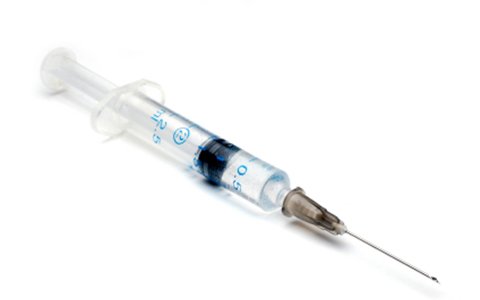Uptake of direct acting antiviral therapies for the treatment of hepatitis C virus among people who inject drugs in a universal health-care system
Introduction and Aims
Direct acting antiviral (DAA) treatment can reduce hepatitis C virus (HCV) infection incidence and mortality, although large scale uptake of these treatments is necessary to achieve those reductions. Targeting people who inject drugs (PWID) will be crucial to achieve the necessary reductions. Previously, treatment uptake has been very low (1–2%) among PWID, but these new DAAs have been subsidised in Australia since March 2016. This study describes treatment uptake among a sample of PWID in Australia and examines sociodemographic and drug use variables associated with treatment uptake.
Design and Methods
An Australian national cross‐sectional sample (n = 817) of regular PWID drawn from a convenience sentinel sample aged ≥18 years. Information on demographics, drug use, HCV antibody testing, RNA testing, recent DAA treatment initiation and DAA prescriber settings was collected via an interviewer‐administered survey.
Results
There were 291 HCV RNA positive participants, of who one‐third reported initiating DAA treatment since the introduction of subsidised DAA medications. Current opioid substitution treatment was significantly associated with increased treatment uptake (adjusted odds ratio 2.20, 95% confidence interval 1.31, 3.68) while those with unstable housing were less likely to initiate treatment (adjusted odds ratio 0.42, 95% confidence interval 0.22, 0.82).
Discussion and Conclusions
This study found that DAA treatment uptake has increased among current PWID, a priority population for treatment. Efforts to maintain this uptake through linking current PWID with treatment providers through harm reduction services such as opioid substitution therapy, needle and syringe programs, and outreach services are required to meet incidence and mortality reduction targets.











